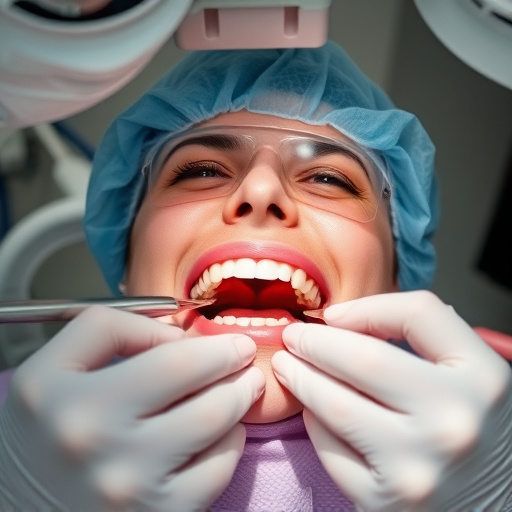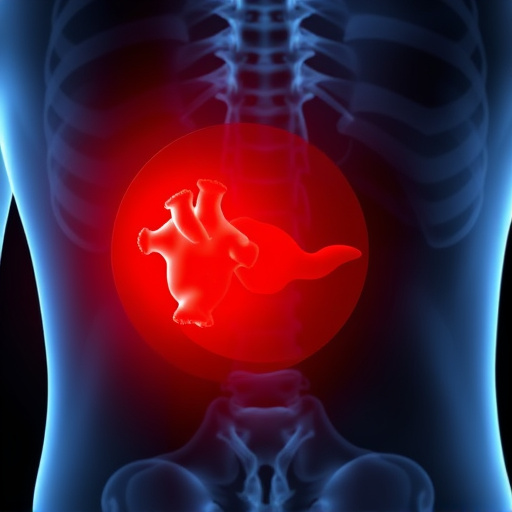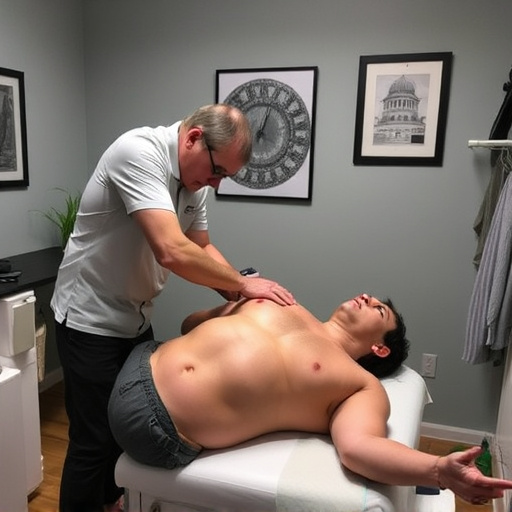A herniated disc, caused by a torn outer layer allowing the inner core to protrude, commonly affects athletes due to repetitive motions or trauma. Treatment focuses on pain relief, mobility improvement, and strengthening through physical therapy, medication, and targeted exercises. After symptoms improve, athletes gradually reintroduce sports-specific activities under professional guidance to enhance spinal support and stability. Herniated disc treatment emphasizes a structured approach involving rest, conservative management, and personalized physical therapy, progressing from low-impact to sport-specific training. The goal is a safe return to sports with enhanced overall wellness through balanced muscle training and injury prevention strategies.
Returning to your athletic prowess after herniated disc treatment can be a challenging but achievable journey. Herniated discs, common among athletes, can significantly impact performance and mobility. This article guides you through understanding this condition, its effects on athletic performance, and the crucial recovery process for a safe return to sports. We explore effective rehabilitation strategies and offer tips for gradual reintegration, ensuring optimal post-treatment performance.
- Understanding Herniated Discs and Their Impact on Athletic Performance
- Recovery and Rehabilitation Process for a Safe Return to Sports
- Strategies for Gradual Reintegration and Performance Optimization Post-Treatment
Understanding Herniated Discs and Their Impact on Athletic Performance
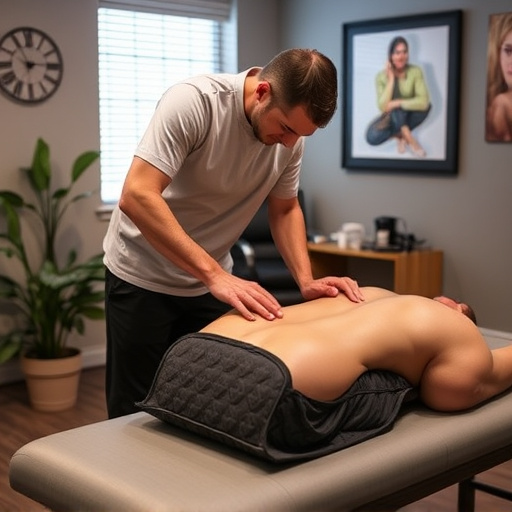
A herniated disc occurs when the soft, gel-like material inside an intervertebral disc pushes through a tear in its outer layer, often causing pressure on nearby nerves. This condition is common among athletes and active individuals due to repetitive movements, sudden twists, or direct trauma. The impact on athletic performance can be significant, leading to sharp increases in back pain, neck pain, and reduced mobility.
During treatment for herniated disc, the primary goals are to achieve back pain relief and promote mobility improvement. This may involve a combination of therapies like physical therapy, medication, or even surgery, depending on the severity. Once symptoms subside, athletes can gradually reintroduce exercise and activities specific to their sport, focusing on strengthening exercises that support the spine and improve overall stability to prevent future injuries.
Recovery and Rehabilitation Process for a Safe Return to Sports

Returning to sports after herniated disc treatment involves a careful and structured approach to ensure a safe and successful comeback. The recovery process begins with rest and conservative management, often including physical therapy and over-the-counter pain relievers or prescription medications for headache relief, depending on the severity of the condition. Once symptoms improve, a comprehensive functional rehabilitation program is crucial. This typically includes exercises focused on strengthening core muscles, improving flexibility, and enhancing stability to support the spine and reduce the risk of future injuries.
Throughout rehabilitation, patients work closely with physical therapists who guide them through each exercise, ensuring proper form and technique. The gradual progression from rest to light activities to full sports participation is essential. Patients may start with low-impact exercises like swimming or cycling before transitioning to more intense training specific to their sport. Regular assessments and adjustments to the rehabilitation plan help tailor the program to individual needs, enabling a safe return to sports while minimizing the risk of re-injury.
Strategies for Gradual Reintegration and Performance Optimization Post-Treatment
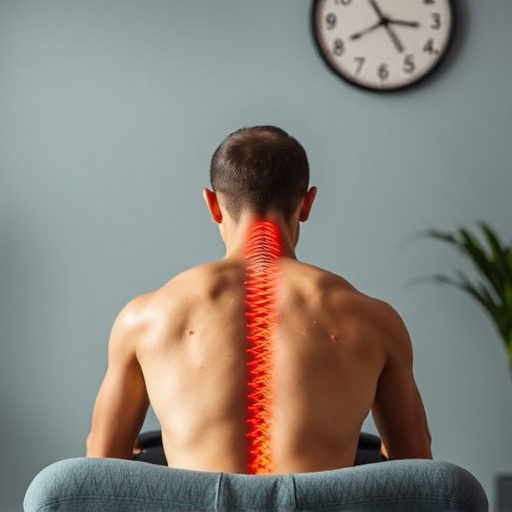
After successfully completing herniated disc treatment, whether through chiropractic care or other interventions, reintegration into sports activities requires a strategic and gradual approach. The first step is to consult with healthcare professionals who can guide you in designing a personalized plan that considers your specific condition, the sport you wish to return to, and the level of physical demand it entails. This often involves a combination of therapeutic exercises tailored to strengthen your core, improve flexibility, and restore range of motion.
Performance optimization post-treatment is not just about returning to your previous athletic state but enhancing your overall wellness care. Incorporating specific training regimens targeting muscle balance, stability, and agility can significantly reduce the risk of future injuries. Additionally, focusing on mental preparation, such as visualization techniques, can boost confidence and resilience during high-pressure sporting situations. Gradually increasing intensity and duration of workouts allows your body to adapt, ensuring a safe and successful return to competitive sports.
Returning to sports after herniated disc treatment requires a structured approach focusing on recovery, rehabilitation, and gradual reintegration. By understanding the impact of herniated discs and implementing strategies for performance optimization post-treatment, athletes can safely reclaim their athletic prowess. Remember that each individual’s journey is unique, so consulting with healthcare professionals throughout the process is essential to ensure a successful return to the field.







